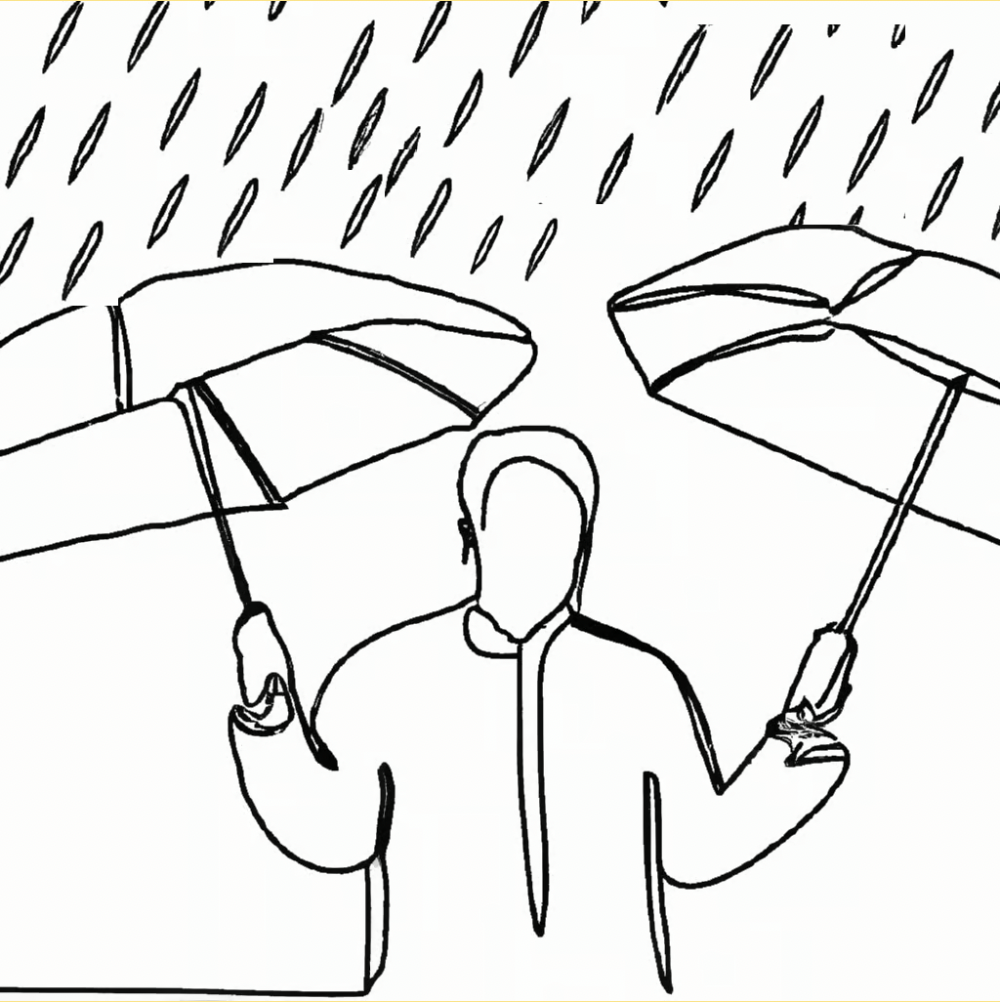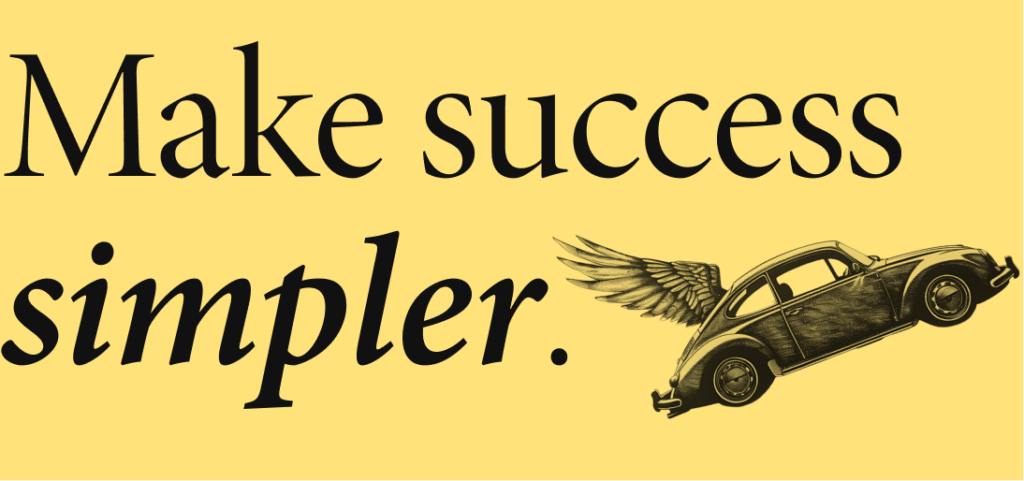Welcome to One Thing Better. Each week, the editor in chief of Entrepreneur magazine (that’s me) shares one way to be more successful and satisfied — and build a career or company you love.
Today’s one thing: Avoiding problems.
That one thing, better: Pursuing problems.

There are things you don’t want to do. Things that stress you out. Things that are frustrating, annoying, or costly.
Do not dismiss them. Instead, lean into them.
Why? Because if they’re bothering you, they’re probably bothering other people too. And if you find a great way to fix them, you become indispensable.
To show you how this works, let’s start with a guy who followed this strategy — and built a $10 million business. Then I’ll share how I’ve been doing it myself, with pretty incredible results.
From losses to profits

Have you heard of Sahil Bloom? His newsletter, Curiosity Chronicle, now reaches 700,000 people, earns him $70,000 a month, and spawned an even larger business.
I had a question for Sahil: Uhhh, HOW DID YOU DO THAT?!?
He was kind enough to talk with me. And his answer is fascinating.
Quick backstory: Sahil was an investor, but became more passionate about writing. He gained a following on Twitter, started a newsletter, and then had a revelation: Writing is a terrible way to earn a living! (LOL, I could have told him that.)
“Most creators monetize in a core set of ways,” he told me — either by selling ads, courses, or other products. “The challenge is, you’re constantly having to create new content and sell to your audience. It’s really hard to make a true, long-term career in that.”
He wondered: Is there a better way to do what he loves — and build a great business?
Then he had a brilliant idea.
Follow the (lost) money
“I looked at what I was spending money on, on a monthly basis, while trying to grow my platform,” Sahil told me. The answer was clear: He spent heavily on design services, video-editing services, and back-end newsletter operations.
So he asked himself: “How can I flip those cost centers into profit centers?”
In other words, instead of spending money on these things, how could he make money on these things? Then he started launching businesses for creators — including a design business, a video-editing business, a newsletter growth business, and more, each with their own operators.
It’s turned out well: They drove a collective $10 million last year.
When Sahil explained this to me, he described it as a tried-and-true business strategy. Amazon, for example, spent a ton of money on cloud computing services — then got into the cloud computing game itself. Now Amazon Web Services does more than $80 billion in annual revenue.
But as I thought about it, I realized something else was happening here.
Finding problems worth solving
Sahil wasn’t just executing a business strategy. He was reframing the purpose of his work. By being a creator himself, he’d discovered the problems facing all creators — which revealed opportunities he’d never otherwise see.
In other words, he did the thing that causes the problems — because the problems were his next set of opportunities.
This strategy is not just limited to starting businesses.
Let’s say you work at a company. You join a team, do a project, and experience a raft of problems. You could be frustrated by that… or you could turn to your team and say, “I’ve seen these problems, and I’d like to help solve them.”
Now you’re a hero.
Let’s say you want to understand your customer better. You can spend time walking in their shoes, doing the work that they do, and experiencing all their pain points. Then you can turn to them and say, “I understand what you need, because I needed it too.”
Now you’re a hero.
In fact, I’ve been doing a version of this myself for the past six months.
If you subscribe to this newsletter, you’ve probably seen me discuss my One Thing Better community. It’s a group of solopreneurs, small business owners, and people looking to advance in their careers. We have regular calls with experts, share insights with each other, and more.
It’s awesome. You should join. But, want to know know why I’m really doing it? In part, I thought it would be fun…
…but also (breaking news!), I’m in the early stages of cofounding a company that’ll build communities at scale, and I worried that I didn’t understand the mechanisms of community enough myself.
I needed to know why communities thrive or fail, and why community organizers succeed or burn out. To do that, I needed to do the thing that causes the problems. So I launched a community myself.
And guys, community is hard! Like, HARD. There are so many problems — organization, time management, engagement, the list goes on. It’s exhausting.
But now I understand why people join communities, and I’ve developed philosophies about how to make them work. I also understand the needs of community organizers. It’s exciting! The greatest learning experience ever! And I’m funneling all this knowledge into the bigger company, which I can’t wait to tell you about when it’s ready.
The paradox of problems
Let’s step back from all the business talk for a moment.
Imagine walking around on a summer day, and it starts to rain.
If you want to stay dry, every raindrop feels big and gross. Water is your enemy, and you become consumed with avoiding it. To be wet is to have lost.
But if you are not trying to stay dry — if, instead, you just allow yourself to become drenched — then each individual raindrop is no longer troublesome. You’re not dodging. You’re not worrying. You’re just in it.

Problems are like this. When we try to avoid them, they hurt. But when we seek problems out, or when we recognize the value they provide us, then our path becomes easier and more joyful.
You cannot avoid problems any more than you can avoid raindrops. Problems exist. They always will. And we should be grateful for that — because without problems to solve, we’d serve no purpose.
All of which is to say: Do not be afraid of the things you don’t want to do, or the things that stress you out, or the things that are frustrating, annoying, or costly. These things are your guide. Seek them. Learn from them. Treat them as opportunities to pursue, to take notes on. They reveal the way forward.
Do the things that cause the problems.
That’s how to do one thing better.
